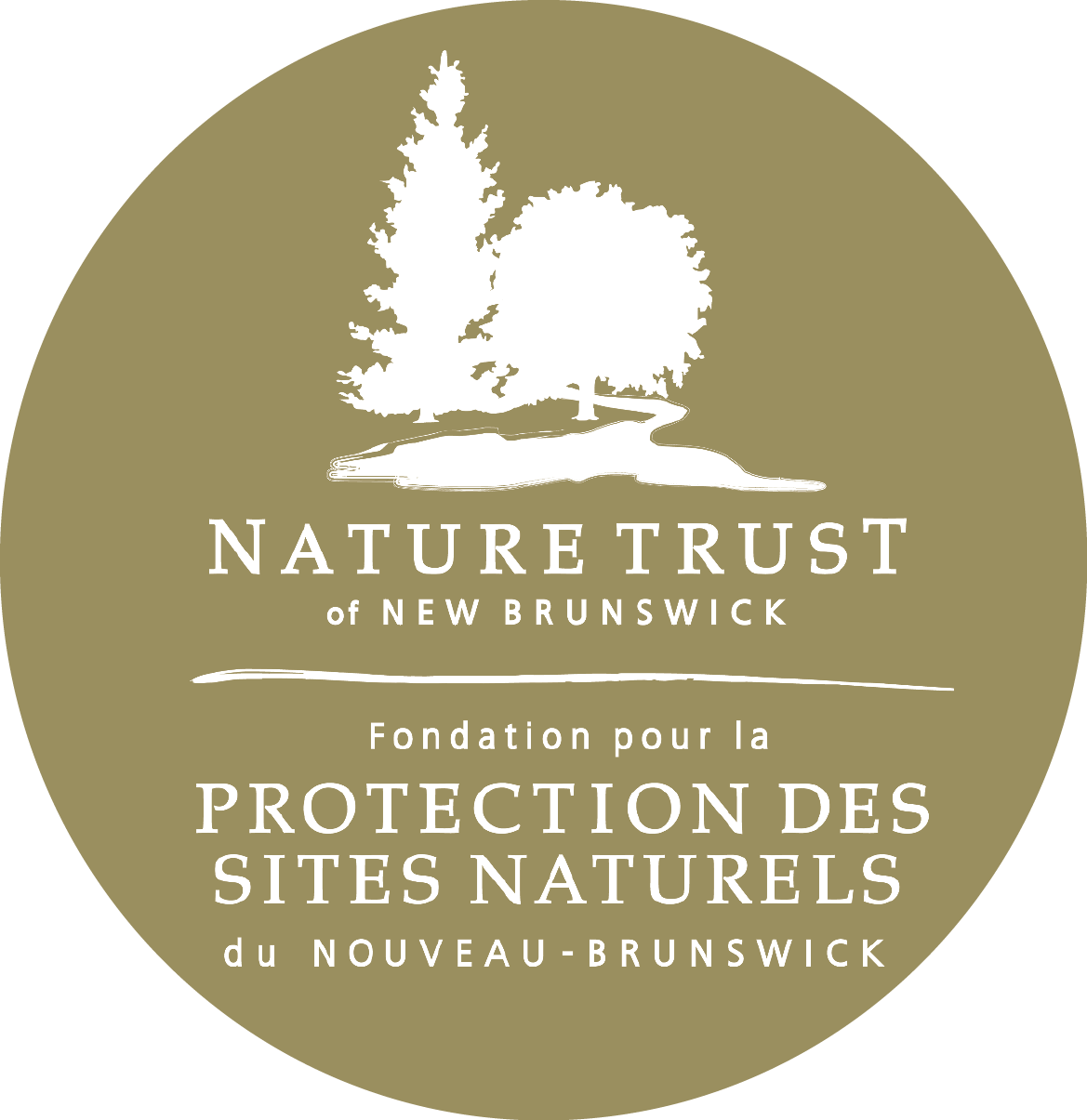Overview
The L’Etang Island Nature Preserve - A Stewart Family Preserve is comprised of the Park Islands, an archipelago of six small islands just south of St. George, New Brunswick in Charlotte County. This preserve totals 18 hectares (43.5 acres) and includes Cochrane’s Island, 8 hectares (19 acres), and one waterfront lot of 9 hectares (22 acres) on the mainland. The preserve is located in the L’Etang Estuary.
History
Archaeological evidence suggests that ancestral Passamaquoddy peoples were the first to occupy the L’Etang Islands. They hunted, fished, gathered food and medicines, and lived in small dwellings among the islands’ protected coves. In the early 18th century, French settlers who were attempting to establish fishing economies colonized the region. They were followed by New England traders and agriculturalists in the mid-18th century, Loyalists in the latter part of the century, and successive waves of Scottish, English, and Irish settlers in the 1900’s. Historical records indicate that Cochrane’s Island was granted to Samuel Thompson on January 18, 1838, and that the Park Islands were granted to Lewis Justason on October 18, 1963. Prior to these grants, the islands belonged to the Crown. Despite extensive records of ownership, no evidence of habitation is present on the islands today.
Recent island use has consisted primarily of low-intensity activities such as shell fishing, inshore fishing and duck hunting. Despite access difficulties, tidal currents, and fog, the islands have been used as a stop-over location for fishermen, especially in foul weather. It is believed that the L’Etang Islands were logged in the past, although the extent to which this occurred is not known. Old herring weirs still exist, particularly along the northern shores of the Park Islands.
Ecology
A sheltered harbour, the L’Etang Estuary features islands, pocket beaches and tombolos (sand deposits between mainlands and islands) at the mouth of the L’Etang River. Due to limited freshwater inflow, the estuary’s water is similar to that of the Bay of Fundy, and has been historically significant for feeding and staging by waterfowl, shorebirds and gulls. Osprey, bald eagle, loons and great blue herons have been spotted on the L’Etang Islands.
Access and Activities
Coastal landscapes of the L’Etang are remarkably undeveloped, and road access is challenging. Because of this, the area remains a natural paradise for the few kayakers and boaters who venture to its waters.
*No visiting is allowed between May 15 and August 15 due to the bird breeding season. For more information, please review Environment Canada’s guidelines to avoid disturbance to seabird and waterbird colonies in Canada.*
*The property is undeveloped and there are a variety of hazards and risks associated with accessing this preserve. While this nature preserve is open for public access, visitors must assume responsibility for their own actions and safety and are to use the land at their own risk.


